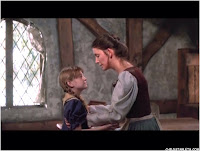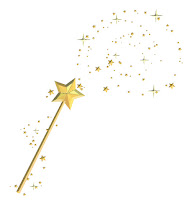Rereading these stories, as an older and more educated individual rather than a child, has allowed me to recognize the underlying features, motifs, and morals one can take from these tales. The concept of inner conflict and the symbolization of wolves and other evils as our own inner demons can give us a stronger sense of self and confidence. It is our fears that need to be vanquished in order for us to learn and grow as individuals.
https://s-media-cache-ak0.pinimg.com/originals/c8/cc/ae/c8ccae54b2be49f4b243f95a112638b9.jpg
Additionally, I have learned that the Zeitgeist is ever important in the appropriation of fairy tales. Whether it's Disney, Perrault, or the Grimms themselves, authors and directors edit, revise, and rewrite fairy tales for the present. These tales are always changing and will continue to do so, but their values and mysticism will continue on as relics.
http://images6.fanpop.com/image/photos/36200000/Fairy-Tales-disney-princess-36233883-1024-768.jpg
Now looking back into my past blog posts, I can summarize a few key points for you.
1. I believe I have accomplished what it was that I was looking for out of this class. That being "to gain a better understanding of the Grimm's fairy tales, regarding their underlying themes and reflection of German culture."
2. Legends, myths, and fairy tales all share a common ground but they are by no means the same. But one thing to note is that magic lies at the heart of a fairy tales.
3. The characterization in the MGM film portrayal of "Hansel & Gretel" is not reflective of the original tale. However, both display the coming of age story, that focuses on children's need to learn and fend for them selves.
4. We always enjoy rooting for the underdog (a lot of the time because we see ourselves in them) and the story of Cinderella/Aschenputtel is the epitome of the "rags to riches" that we all crave.
5. The film version of "Snow White and the Seven Dwarfs" is called that for a reason. Mostly because the dwarfs become a focal of the film and Snow White is reduced to a helpless, feeble girl.
6. The "beauty and the beast" motif is present in both the fairy tale of "The Frog King" and the myth of "Cupid and Psyche."
7. Disney's "The Big Bad Wolf," is a fun short film playing off both the Grimm's tale of "Little Red Cap" and the story of "The Three Little Pigs."
8. The tales of "Bluebeard," "The Robber Bridegroom," and "Fitcher's Bird" all hold the commonality almost unheard of in any fairy tale: getting married to a nightmare.
9. Disney's "Tangled" can be seen as an innovation of a common fairy tale and a lesson for todays society, that sheltering children is hindering their growth, happiness, and understanding of the world.
10. I've learned a lot this past semester, and hope to continually see the motifs and joys of the fairy tales (by the Brothers Grimm and others) in my life.










































